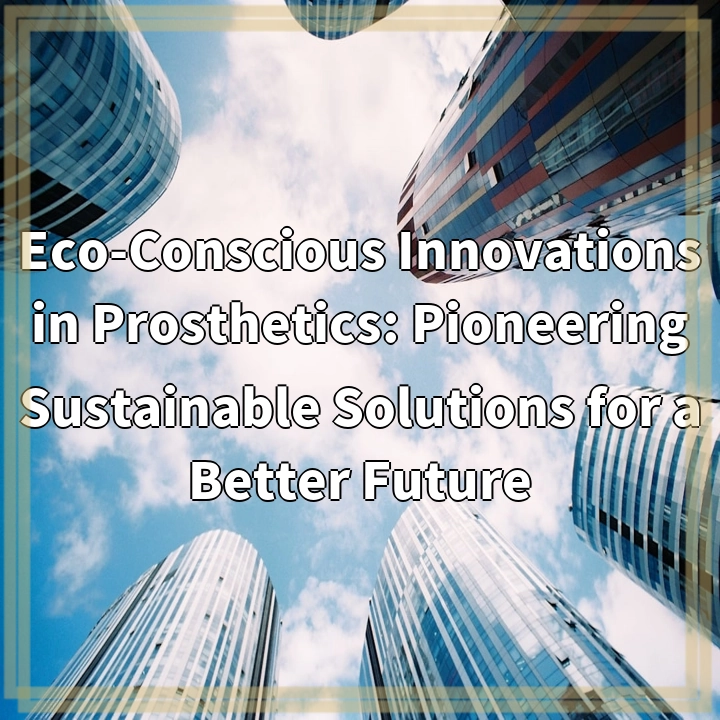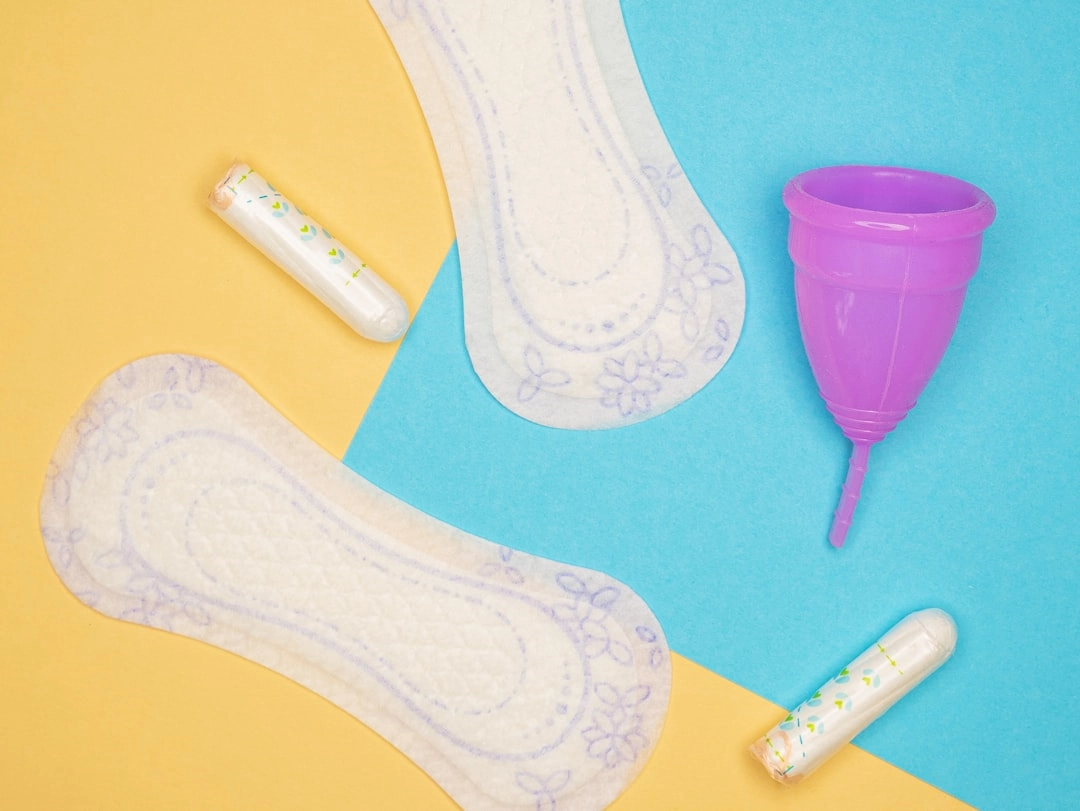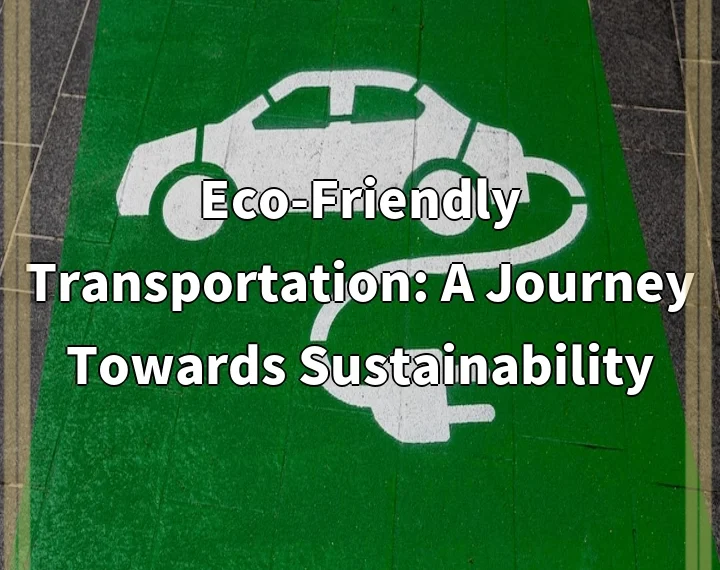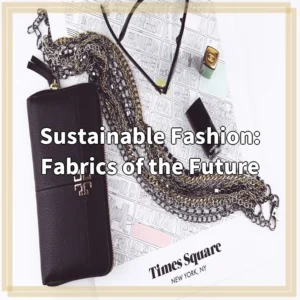
What it is:
Eco-conscious innovations in prosthetics represent a growing movement to design and produce limb replacements that prioritize sustainability, environmental impact, and resource efficiency. This approach involves the use of biodegradable materials, recycled and repurposed components, and energy-efficient manufacturing processes. By integrating eco-friendly practices into prosthetic design, the industry aims to reduce its carbon footprint while providing patients with high-quality, functional prosthetic limbs.
Key Features of Eco-Conscious Prosthetics
Eco-conscious prosthetics often feature materials such as bioplastics, which are derived from renewable sources or organic materials, and advanced composites that minimize waste during production. Innovations also include 3D printing technology, which allows for customized designs that reduce the need for mass production and excess materials. Furthermore, these prosthetics aim to enhance user comfort and functionality, ensuring that they meet the diverse needs of individuals.
Real-world Problems
Despite the promising advancements in eco-conscious prosthetics, various real-world problems persist. One major issue is the accessibility and affordability of these sustainable alternatives. Many eco-friendly materials and technologies can be more expensive than traditional prosthetic components, limiting their availability to low-income patients. This economic barrier can prevent individuals from accessing the most advanced and sustainable prosthetic options.
Environmental Concerns
While eco-conscious innovations aim to reduce the environmental impact of prosthetics, there are still concerns about the disposal of traditional prosthetic devices. Many existing prosthetics are made from materials that do not biodegrade efficiently, leading to landfill accumulation. Additionally, the production processes for some eco-friendly materials may also have ecological consequences if not managed sustainably.
Regulatory and Industry Challenges
The prosthetic industry often faces regulatory hurdles when it comes to introducing new materials and technologies. Compliance with health and safety standards can slow down the adoption of innovative, sustainable solutions. Moreover, a lack of awareness and understanding among healthcare professionals regarding eco-conscious prosthetics may limit their recommendations to patients, further impacting the acceptance of these innovations.
Overall, while eco-conscious innovations in prosthetics hold significant promise for sustainability and patient care, addressing the real-world challenges is essential for broadening their impact and ensuring equitable access for individuals in need.

Solutions for Eco-Conscious Innovations in Prosthetics
To address the challenges associated with eco-conscious innovations in prosthetics, several solutions can be implemented. These solutions aim to enhance accessibility, reduce environmental impact, and streamline adoption within the healthcare industry.
Enhancing Accessibility and Affordability
One of the foremost solutions is to develop pricing models that make eco-conscious prosthetics more affordable. This can be achieved through partnerships with non-profit organizations and government programs to subsidize costs for low-income individuals. Additionally, increasing funding for research and development can lead to cost-effective production methods that lower the overall price of sustainable prosthetic options.
Promoting Awareness and Training
Raising awareness about the benefits and availability of eco-conscious prosthetics among healthcare providers is crucial. Providing training programs for clinicians and prosthetists can improve their understanding of these innovative solutions, ultimately leading to more informed recommendations for patients. Educational campaigns can also help raise public awareness and demand for sustainable prosthetic options.
Innovating Disposal and Recycling Methods
Another key solution is to establish effective disposal and recycling systems for traditional prosthetics. Collaborating with recycling organizations and waste management facilities can facilitate the proper disposal of older devices, reducing environmental impact. Additionally, designing prosthetics with end-of-life recycling in mind can foster a circular economy, where materials are continually repurposed rather than ending up in landfills.
Advocating for Policy Changes
Advocacy for policy changes can play a significant role in promoting eco-conscious innovations in the prosthetic industry. Engaging with policymakers to support regulations that encourage the use of sustainable materials and technologies can accelerate the shift towards more environmentally friendly practices. Additionally, creating incentives for manufacturers who prioritize sustainability can stimulate market growth in eco-conscious prosthetics.
By implementing these solutions, the prosthetic industry can overcome the existing challenges while paving the way for a more sustainable future that prioritizes both patient care and environmental responsibility.















